They say that everyone is the protagonist of their own story — but what actually is a protagonist? In this post, we’ll walk you through what a protagonist is, the most prominent categories they can fall into, and five examples of each. We’ll also take an in-depth look at protagonists that embody each archetype to give you a better idea of how you can write a memorable main character of your own.
Protagonist definition
The protagonist is the lead character of a story. They’re the central pillar around which the rest of the narrative is constructed, and the primary force that drives it forward. The protagonist will also often play a crucial role as a story’s emotional hook; they are the lens through which a reader will experience your story, so they must be sympathetic or at least interesting to follow.
A story can have two leading characters of equal importance, as in Romeo and Juliet, or even an entire group of characters as the “collective” protagonist, like the mystery-solving gang from Scooby Doo. That said, most stories will generally stick with a single central character that the narrative revolves around.
We should note here that there is a distinction between a story’s protagonist and its narrator — it’s possible for the point-of-view character to act as more of a passive observer, while a separate figure is responsible for driving the plot forward. For example, Ishmael might be the narrator in Moby Dick, but it’s the exploits of his deranged superior, Captain Ahab, that keep the plot moving.
Protagonist vs antagonist
Before we explore the different kinds of protagonists in more depth, we should first examine the relationship between the protagonist and antagonist in a narrative.
If the protagonist is the character that drives the story forward, the antagonist is the force that stands in the way of their progress. Both have goals that stand in opposition to one another, and the conflict born out of their competing interests helps move the story forward. Aside from their narrative roles, the dynamic between the protagonist and antagonist holds a great deal of thematic importance as well.
Example: Edmond Dantès from The Count of Monte Cristo
Let’s look at The Count of Monte Cristo to explain what we mean here. Edmond Dantès is a young sailor set up for success — first mate of a French merchant ship and about to marry his fiancée, the beautiful Mercédès. But a poor fisherman by the name of Fernand Mondego hopes to earn Mercédès’ affection instead… so when he hears of a plot to have Dantès falsely arrested, Mondego eagerly testifies against him, sealing Dantès’ fate.
Dantès starts the story with simple goals of achieving personal happiness and professional success. Unfortunately for Dantès, his humble aspirations stand in the way of Mondego’s greed for Mercédès’ love and his grand social ambitions, which creates an immediate conflict.
Their feud also feeds into the story’s theme of transformation, as Mondego goes from a humble fisherman into a backstabbing, morally bankrupt aristocrat. Dantès, in turn, morphs from a trusting young sailor into the calculating Count of Monte Cristo, who goes on to destroy Mondego’s carefully constructed social facade. The two are intrinsically linked — both through the conflict born of their clashing external goals, and the internal character development that it brings about.
We’ll dive into this idea more in depth later on in this post, but we should note here that protagonists don’t necessarily need to be good, and antagonists aren’t always necessarily evil. But who says you need to be good to be compelling? Some of fiction’s most memorable characters are as evil as they come, and that goes for protagonists as well!
Before we explore these shades of grey, let’s start out by examining the most traditional style of protagonist — the hero.
The hero protagonist
Armed with a strong moral compass, the hero always strives to do the right thing, even when it’s difficult. Heroes will often find themselves in tough situations where they are forced to reckon with their convictions; their challenge is to remain virtuous, even when it seems impossible. In this way, they are designed for readers to look up to and admire.
Of course, they aren’t all perfect angels. Even the mightiest heroes have some flaws that can cause them to make mistakes or act irrationally. That’s okay, though — our imperfections make us human after all, and those flaws help keep larger-than-life heroes relatable to readers. As long as their heart is in the right place, a hero will remain heroic.
Example: Atticus Finch from To Kill a Mockingbird
As a levelheaded lawyer with a penchant for justice, Atticus Finch embodies the heroic protagonist archetype to a tee. Despite his status as a well-to-do lawyer in small-town America, most of Atticus’ clients are poor local farmers. When an African-American man named Tom Robinson is accused of sexually assaulting a white girl, Atticus agrees to act as his lawyer.
Atticus is determined to prove Tom’s innocence in court, despite the backlash he’ll face from the local community. But while Atticus’ principles are admirable, he realizes he’s been naive when Tom is declared guilty, despite the clear evidence to the contrary. Even though he ultimately fails to prove Tom’s innocence, Atticus’ unwavering commitment to justice — even in the face of overwhelming societal pressure — embodies the true nature of a heroic protagonist.
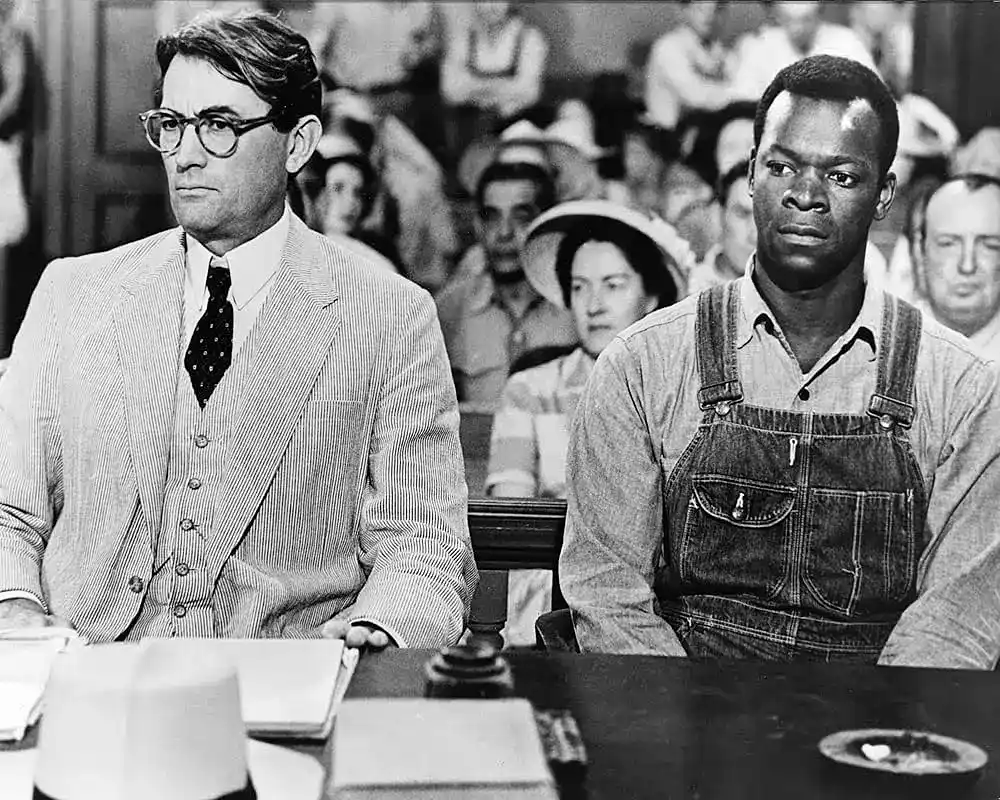
Here are 5 more examples of hero protagonists:
- Superman from DC Comics
- Frodo Baggins from The Lord of the Rings
- Jane Eyre from Jane Eyre
- Garion from The Belgariad
- Simba from The Lion King
The villain protagonist
On the opposite end of the spectrum, we have the insidious villain protagonist. These characters serve as their stories’ central figures, but unlike the valiant heroes of the previous section, they are not written to be admired.
Instead, villain protagonists explicitly pursue nefarious goals, and readers are invited to understand (though not necessarily sympathize with) their immoral motivations. Unlike “typical” villains, villain protagonists have the story told from their perspective — giving writers the space to delve deeper into their psychology, motivations, and inner struggles.
Because readers may be rooting against your protagonist in this case, you can create a unique push-pull kind of dynamic in which they are invested in the main character’s journey, but opposed to their goals and actions. Stories following a villainous protagonist tend to have a tension-filled rising action phase with an intensely dramatic climax; even though their cathartic downfall might seem inevitable, exactly how their sins catch up with them isn’t nearly so clear-cut.
Example: Richard III from The Tragedy of Richard the Third
Shakespeare’s The Tragedy of Richard the Third serves as a cautionary tale: keep your ambition in check, lest you end up like Richard III. The play is about Richard’s ascent to the throne, and the audience is given a front-row seat to all of his wicked machinations.
Throughout the play, Richard III backstabs, imprisons, and murders any and all that stand in the way. It doesn’t matter if they’re a family member, an ally, or even a lover — no one is safe from his wrath. All the while, he confides his schemes to the audience, creating an unsettling intimacy between viewer and villain. Through his soliloquies, we learn that his ambition stems from a bitter insecurity about his physical deformity; this may not make his actions justifiable, but it does make them understandable.
While Richard III’s schemes do eventually lead him to the throne, his reign is short-lived. He has made many enemies during his bloody ascent, one of which has gathered an army to oppose his tyrannical reign. The night before their climactic battle, the ghosts of each of Richard's victims appear before him to curse his wretched reign, reminding the audience of each of his grave sins before he is ultimately killed in battle.
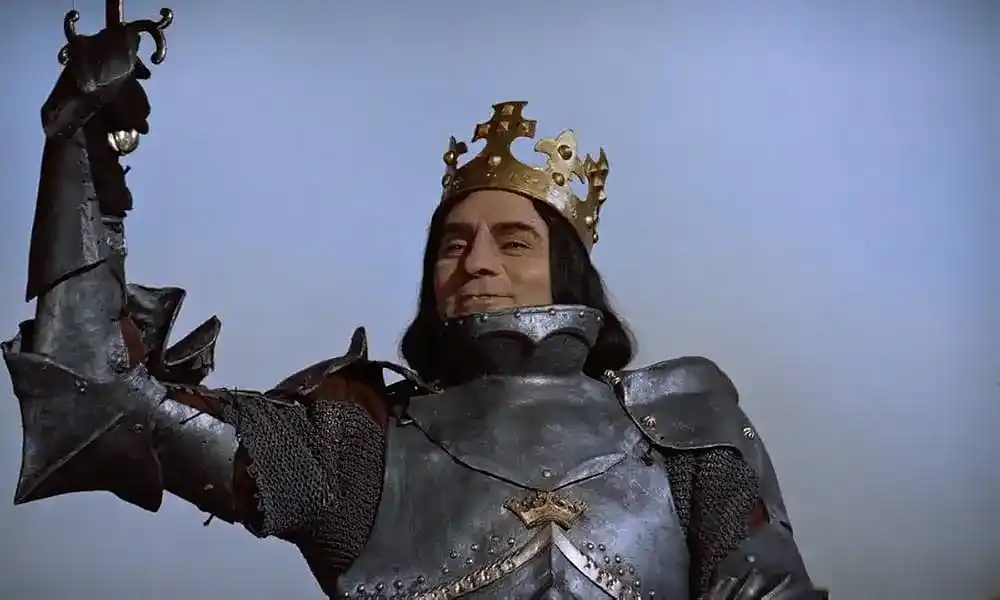
Laurence Olivier as Richard III in Richard III (1995). Image: MGM/UA Distribution
Here are 5 more examples of villain protagonists:
- Dorian Gray from The Picture of Dorian Gray
- Light from Death Note
- Frank Cauldhame from The Wasp Factory
- Patrick Bateman from American Psycho
- Tom Ripley from The Talented Mr. Ripley
The anti-hero protagonist
We’ve covered the righteous hero and the nefarious villain — now let’s examine the “in-between” protagonists. As you might expect, anti-hero protagonists combine elements of both hero and villain protagonists; they’re typically more willing to engage in morally questionable behaviour to achieve their goals, but they also maintain their own ethical code that they’re unwilling to compromise.
We discussed earlier how some identifiable flaws will make your protagonist more relatable to readers; anti-heroes take this concept and turn it up to eleven, with extreme character flaws that take them into very murky ethical territory. These questionably calibrated moral compasses are designed to leave readers feeling conflicted, where they might understand why an anti-hero is doing something, but they disagree with how they’re going about it.
Stories with an anti-hero protagonist are often characterized by deep internal conflicts, where their character’s greatest battle is not with external forces, but themselves. The climax ultimately forces them to make a decision: do they surrender to their darker impulses, or choose redemption?
Example: Greg Heffley from Diary of a Wimpy Kid
If asked to think of an anti-hero protagonist, most minds will jump to brooding, morally layered figures like Walter White from Breaking Bad or Tony Soprano from The Sopranos. While Greg Heffley may seem like an odd choice for an anti-hero protagonist, this wimpy kid strangely fits all the criteria to classify him as an anti-hero — and an engaging one at that.
Throughout the Diary of a Wimpy Kid series, Greg frequently takes advantage of his lovable best friend Rowley for his own benefit. In the first book, Greg is caught harassing a group of children while wearing Rowley’s coat. Instead of owning up to his mistake, Greg leaves Rowley to take the punishment for him.
While Greg’s behavior here is typical of his self-centered character, he is far from an irredeemable villain; from time to time, Greg overcomes his selfish tendencies to do the right thing. The dreaded “cheese touch” is a recurring plot point throughout the original novel: anyone who touches a specific moldy piece of cheese becomes a social outcast. When Rowley inadvertently becomes the bearer of the cheese touch, Greg takes the fall by telling everyone that he was the one to touch the cheese. This decision might cost Greg his reputation, but it redeems him in the eyes of readers.
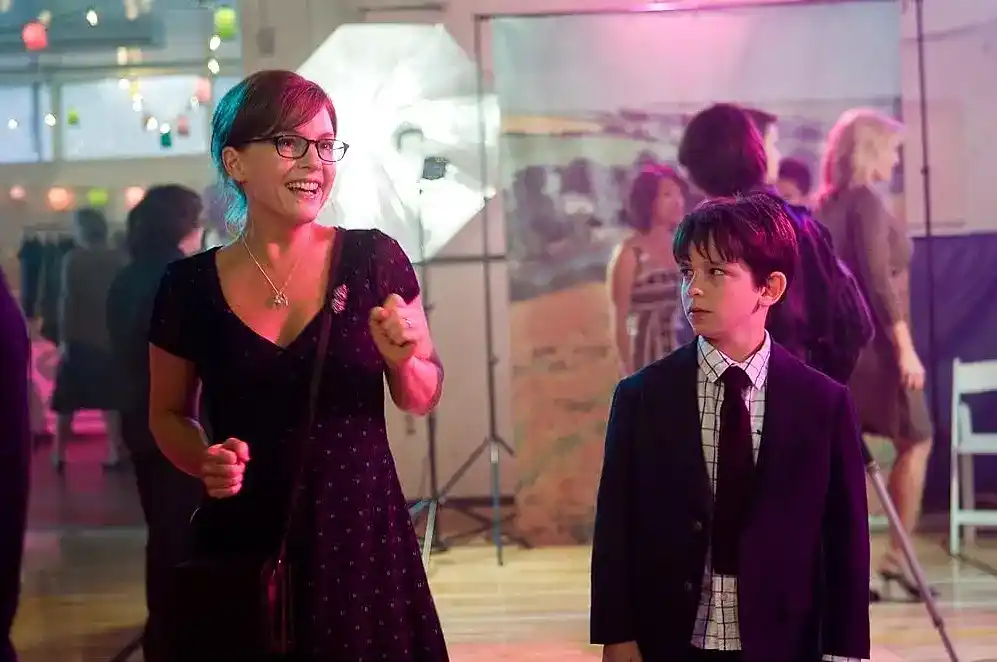
Zoo-Wee Mama! Image: 20th Century Fox
Here are 5 more examples of anti-hero protagonists:
- Jay Gatsby from The Great Gatsby
- Dexter Morgan from Dexter
- Lisbeth Salander from The Girl with the Dragon Tattoo
- Batman from DC Comics
- Raskolnikov from Crime and Punishment
The unreliable protagonist
Lastly, let’s examine a less common, more meta take on the protagonist archetype — the unreliable protagonist.
Often referred to as “unreliable narrators”, these protagonists cannot be trusted to provide an accurate account of their story. They might be deliberately deceptive, self-deluded, mentally unstable, or simply naive — but for one reason or another, you can’t rely on anything they say. Unreliable protagonists don’t have any intrinsic moral alignment, but because they’re fundamentally duplicitous, they do tend to fall more on the villainous side of the protagonist spectrum.
A skilled writer can sprinkle minor inconsistencies and contradictions throughout the narrative that subtly hint towards the presence of an unreliable narrator. Alternatively, you may choose to keep your cards close to their chest right up until the climax — at which point the unreliable protagonist is exposed in a shocking twist, recontextualizing all the events of the story up until that point.
Writing around an unreliable narrator is tricky business: you need to meticulously keep track of the information you give the reader, ensuring that any intentional inconsistencies are clear enough to pick up on, but not so obvious that you give the game away prematurely. Still, if you can pull it off, crafting a story around an unreliable narrator is a surefire way to make your protagonist memorable.
Example: Amy Dunne from Gone Girl
Gone Girl tells the tragic tale of Amy Dunne: a 30-something writer living not-so-happily with her husband Nick. The narrative alternates between Nick’s current-day perspective and past entries from Amy’s diary, which covers their relationship from its early beginnings through to their rapidly declining marriage in the present.
Between Nick’s shady behavior and Amy’s detailed account of his abuse in her diary, Nick is positioned as the prime suspect for Amy’s disappearance (and likely murder). Once the investigation hits the mainstream, the media begins to vilify the seemingly insincere Nick, and Amy’s tragic fate seems like an open-and-shut case — until it’s not! Partway through the novel, the narrative shifts to Amy’s actual perspective, where she reveals her elaborate plan to frame Nick for her murder.
While the twist is no doubt shocking, author Gillian Flynn plants enough seeds to sow doubts about Nick’s guilt in the reader’s mind. Amy’s diary entries describe a beautiful, whirlwind romance that gradually descends into darkness — which doesn’t line up with Nick’s account. All together, the narrative subtly suggests a much more complex situation than Amy’s diary entries would have you believe.
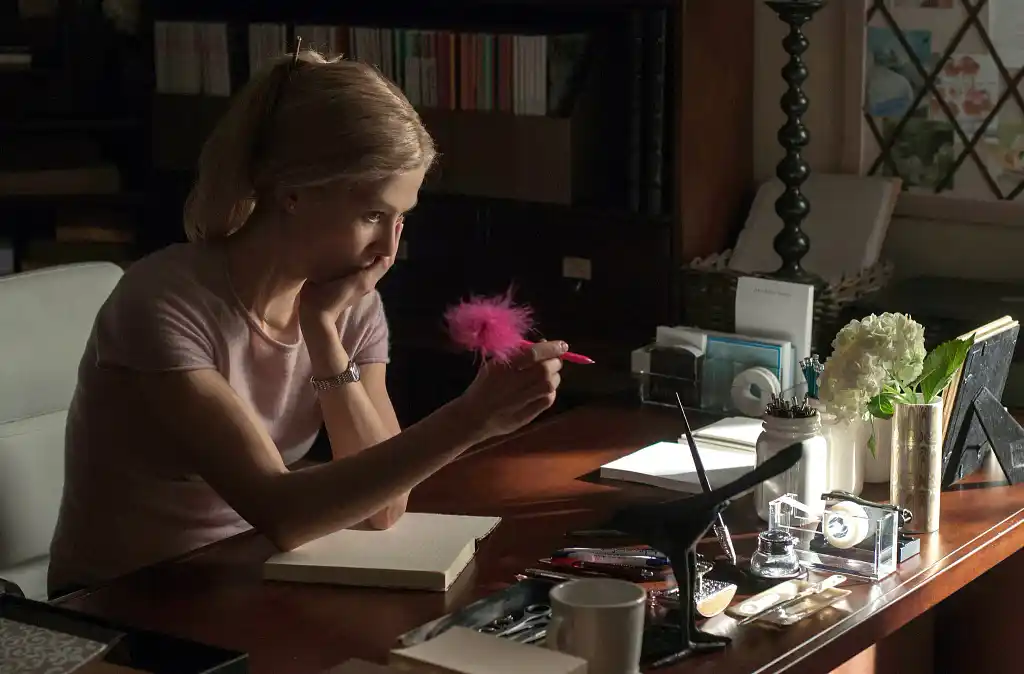
Everything is not what it seems… Image: 20th Century Fox
Here are 5 more examples of unreliable protagonists:
- Kathy H from Never Let Me Go
- Humbert Humbert from Lolita
- Pi Patel from The Life of Pi
- The narrator from The Tell-Tale Heart
- Dr. James Sheppard from The Murder of Roger Ackroyd
Now that you know the difference between the good, the bad, and the complex, it’s time to get writing — decide what kind of story you’d like to craft, then choose the appropriate protagonist archetype for the narrative. When your story is carefully considered and your protagonist is well-developed, you’ll have no trouble bringing readers along for the ride!
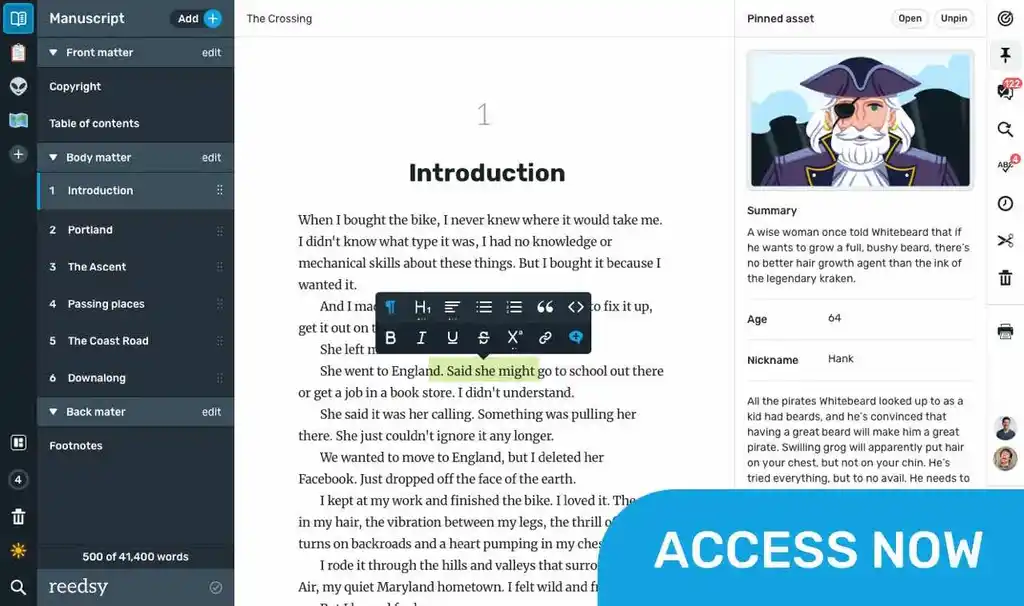

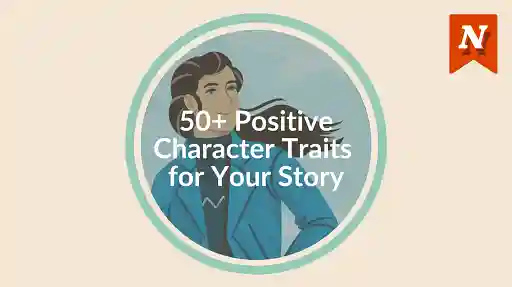

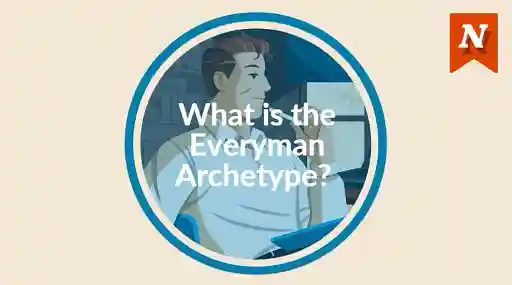
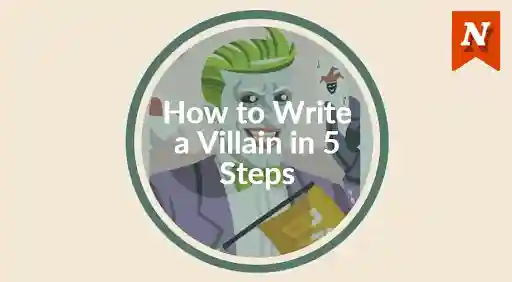
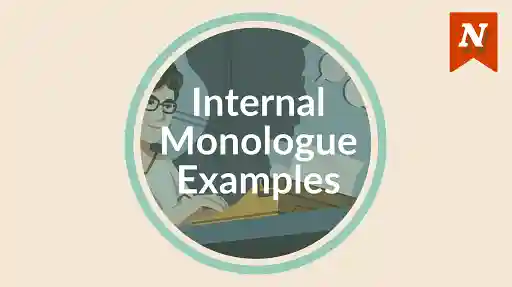



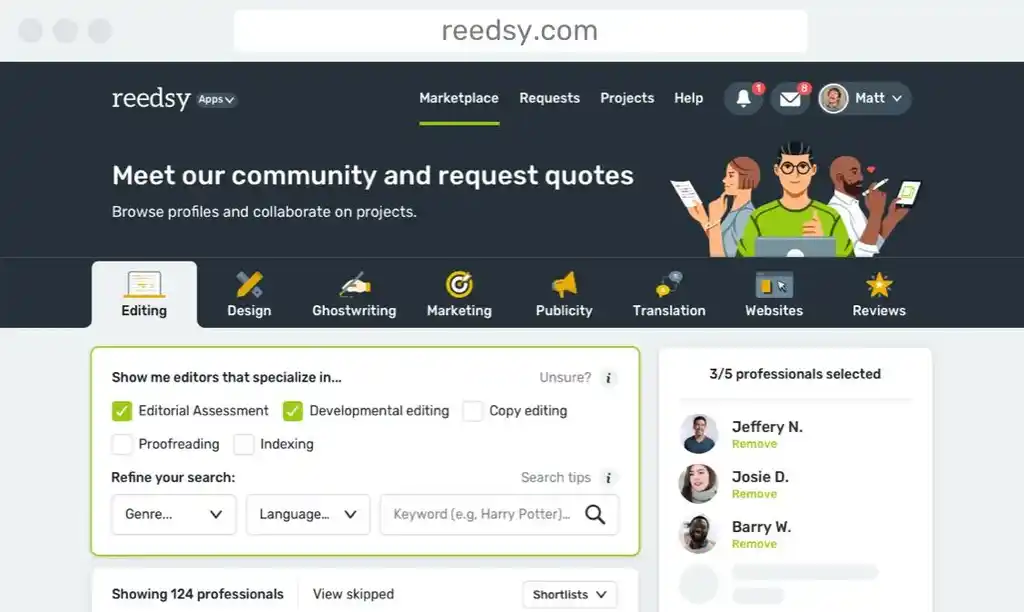
Good stuff. The protagonist is the author's love letter to the reader.
Elias Mc Clellan - Over 7 years ago
Thanks, Elias! Well put.
Bridget At Now Novel - Over 7 years ago
Incredible post. Working on my main character.
Sonya Peña - About 7 years ago
Thank you.
Simi - Over 6 years ago
Thank you. Appreciate the input.
Peter Samuel Kennedy - Almost 5 years ago
It's a pleasure, Peter.
Jordan - Almost 5 years ago
Thank you. This will go a long way in helping me develop my protagonist
Gina - Almost 5 years ago
It's a pleasure, Gina. I'm glad you found this article helpful. Good luck with your protagonist and the rest of your story.
Jordan - Almost 5 years ago
Well structured and simplified helpful information. Keepit up
Delton Gariseb - Almost 5 years ago
Hi Delton, thank you for your feedback and for reading our blog! We will.
Jordan - Almost 5 years ago